Home>Home Appliances>Lighting Appliances>Why Are My LED Strips Two Different Colors
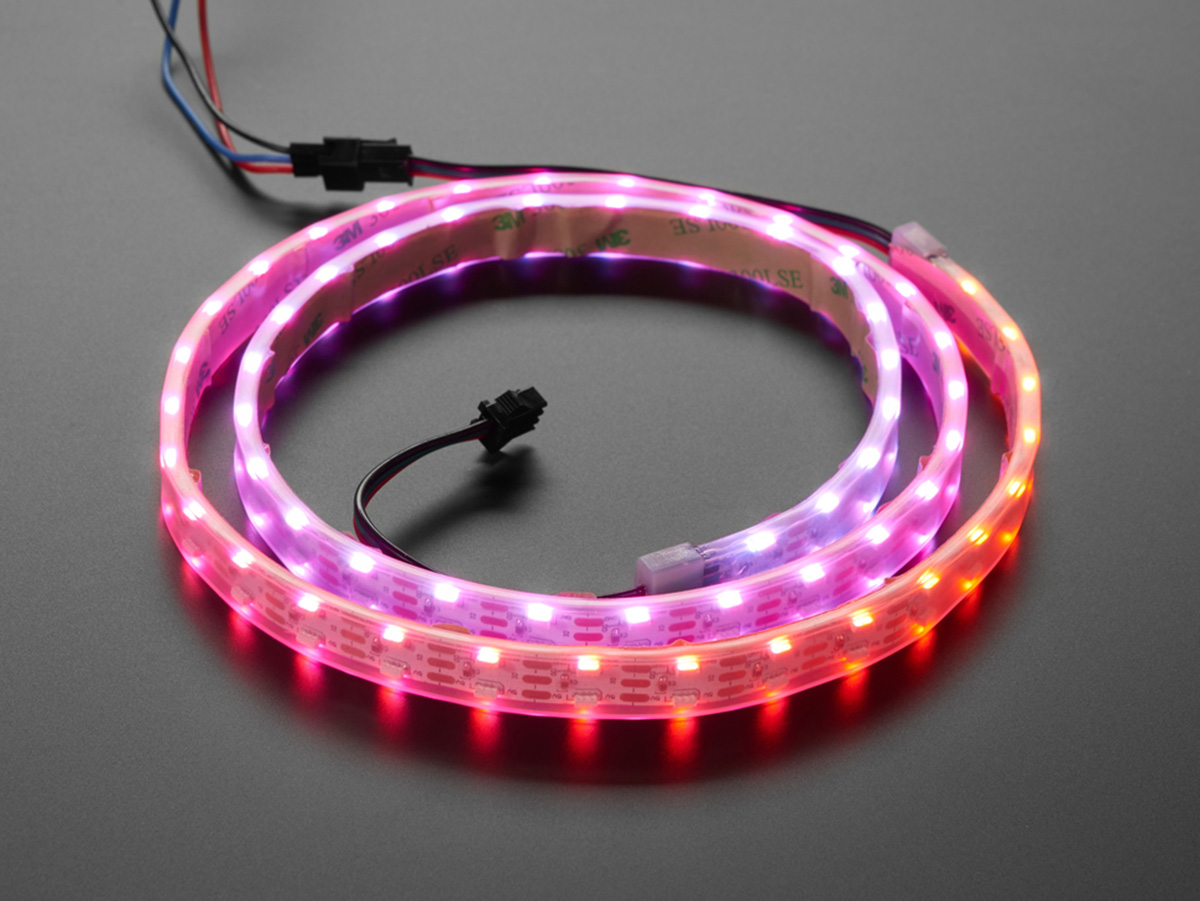

Lighting Appliances
Why Are My LED Strips Two Different Colors
Modified: January 6, 2024
Discover the reasons behind LED strips displaying two different colors and find solutions. Explore our lighting appliances to upgrade your home lighting.
(Many of the links in this article redirect to a specific reviewed product. Your purchase of these products through affiliate links helps to generate commission for Storables.com, at no extra cost. Learn more)
**
Introduction
**
LED strip lights have become a popular choice for adding ambiance and illumination to homes, businesses, and outdoor spaces. These versatile lighting solutions offer a spectrum of colors and can be customized to suit various settings and moods. However, encountering the issue of LED strips displaying two different colors can be perplexing and frustrating for users. In this article, we will delve into the reasons behind this phenomenon and explore effective troubleshooting methods to rectify the problem.
The allure of LED strip lights lies in their energy efficiency, flexibility, and vibrant illumination. Whether used for accent lighting, task lighting, or decorative purposes, these lighting fixtures have revolutionized the way we illuminate our surroundings. Despite their numerous benefits, users may encounter instances where the LED strips emit two distinct colors instead of a uniform hue. This puzzling occurrence can detract from the intended aesthetic and functionality of the lighting installation.
In the following sections, we will unravel the intricacies of LED strip lights, shedding light on their inner workings and the potential factors that can lead to the manifestation of dual colors. By gaining a comprehensive understanding of these aspects, users will be empowered to troubleshoot and address the issue effectively. Whether the discrepancy in colors stems from technical malfunctions, environmental influences, or installation oversights, this article aims to equip readers with the knowledge and insights needed to resolve the problem and restore the harmonious glow of their LED strip lights.
**
Key Takeaways:
- Troubleshooting LED strip lights with two different colors involves checking wiring, replacing defective LEDs, stabilizing power supply, protecting from environmental factors, and evaluating the controller for consistent and vibrant illumination.
- Understanding the inner workings of LED strip lights and addressing potential issues can help users restore the intended visual harmony and ambiance of their lighting installation.
Read more: Why Are My LED Strips Flashing
Understanding LED Strip Lights
**
Before delving into the potential causes of LED strips displaying two different colors, it’s essential to grasp the fundamental workings of these innovative lighting fixtures. LED strip lights are comprised of numerous light-emitting diodes (LEDs) that are arranged in a linear sequence on a flexible circuit board. These LEDs emit light when an electric current passes through them, producing a radiant glow that can be customized to various colors and intensities.
LED strip lights are available in an array of configurations, including single-color, tunable white, and multicolor options. The multicolor variants, often referred to as RGB (Red, Green, Blue) LED strips, are particularly popular for their ability to emit a wide spectrum of colors, offering unparalleled versatility and visual impact. These RGB LED strips are equipped with individual LEDs that can emit red, green, and blue light, enabling the creation of a myriad of colors through the blending of these primary hues.
Furthermore, the control of LED strip lights is facilitated through specialized controllers, which allow users to adjust the color, brightness, and dynamic lighting effects. Whether through manual control, remote controllers, or smart devices, users can seamlessly tailor the illumination to suit their preferences and requirements. Additionally, advancements in LED technology have led to the integration of addressable LEDs in some strip lights, enabling individual control of each LED to achieve mesmerizing color patterns and animations.
Understanding the composition and capabilities of LED strip lights is crucial for diagnosing and addressing issues such as the manifestation of two different colors. By comprehending the underlying mechanisms and potential points of failure, users can navigate the troubleshooting process with confidence and precision. In the following sections, we will explore the possible reasons behind LED strips emitting dual colors and provide actionable insights to rectify this perplexing occurrence.
**
Possible Reasons for Two Different Colors
**
When LED strips exhibit two different colors instead of a uniform hue, several factors may contribute to this puzzling occurrence. Understanding these potential reasons is instrumental in diagnosing and resolving the issue effectively. Below are some common culprits that can lead to LED strips displaying two distinct colors:
- Incorrect Wiring:** One of the primary reasons for LED strips emitting two different colors is incorrect wiring. If the connections between the LED strip and the power source are not properly aligned, it can result in the LEDs receiving varying voltages, leading to discrepancies in color output. This can occur during the initial installation or due to subsequent alterations to the wiring setup.
- Defective LED Components:** Another plausible cause is the presence of defective or damaged LED components within the strip. If individual LEDs are malfunctioning or have degraded over time, they may emit colors that deviate from the intended hue, creating a noticeable disparity along the length of the strip.
- Inconsistent Power Supply:** Fluctuations in the power supply can also contribute to the manifestation of two different colors in LED strips. Variations in voltage or current can impact the luminosity and color accuracy of the LEDs, resulting in an uneven and discordant lighting effect.
- Environmental Factors:** Environmental influences, such as exposure to moisture, extreme temperatures, or prolonged sunlight, can adversely affect the performance and color consistency of LED strips. These factors can cause degradation of the LED components and the protective coating, leading to color discrepancies and diminished overall quality.
- Controller Malfunction:** Issues with the LED controller, which governs the color and intensity of the LEDs, can lead to erratic color output. Malfunctions in the controller circuitry or programming may cause segments of the LED strip to display incongruous colors, warranting a thorough inspection and potential replacement of the controller unit.
By identifying these potential reasons for LED strips emitting two different colors, users can embark on a systematic troubleshooting process to pinpoint the specific cause and implement targeted solutions. In the subsequent section, we will delve into effective troubleshooting methods and practical solutions to rectify this perplexing issue, restoring the intended uniformity and vibrancy of the LED strip lights.
**
Check the power source and connections for each LED strip to ensure they are receiving the same voltage. Different voltages can cause the strips to emit different colors.
Troubleshooting and Solutions
**
Resolving the issue of LED strips displaying two different colors necessitates a systematic approach to troubleshooting and implementing effective solutions. By methodically addressing the potential causes and employing targeted remedies, users can restore the uniformity and visual appeal of their LED strip lights. Below are practical troubleshooting methods and solutions to rectify the manifestation of dual colors in LED strips:
- Double-Check Wiring Connections:** Begin by meticulously examining the wiring connections of the LED strip, ensuring that the polarity and alignment are consistent throughout the installation. Revisiting the wiring and addressing any discrepancies or loose connections can mitigate color variations caused by incorrect wiring.
- Inspect and Replace Defective LEDs:** If individual LEDs are found to be malfunctioning or emitting aberrant colors, replacing the defective components is essential to restore uniform color output. Carefully inspect the entire length of the LED strip and identify any non-conforming LEDs that require replacement.
- Stabilize the Power Supply:** Address fluctuations in the power supply by utilizing stable and reliable power sources, such as quality LED drivers or power adapters. Ensuring consistent voltage and current delivery to the LED strip is crucial for maintaining color accuracy and minimizing discrepancies.
- Mitigate Environmental Influences:** Shield the LED strip from adverse environmental factors by employing protective covers, sealing exposed connections, and positioning the lights away from direct sunlight and moisture-prone areas. Safeguarding the LED strip from environmental stressors can preserve its performance and color consistency.
- Evaluate and Replace the Controller:** If the LED controller is suspected to be the source of the color disparity, conduct a thorough assessment of its functionality and consider replacing it with a reliable and compatible controller. Ensuring the proper functioning of the controller is vital for achieving consistent and synchronized color output across the LED strip.
By diligently executing these troubleshooting methods and implementing the corresponding solutions, users can effectively address the issue of LED strips emitting two different colors. It is imperative to approach the troubleshooting process with attentiveness and precision, systematically eliminating potential causes and verifying the efficacy of each remedy. Additionally, seeking professional assistance or consulting the manufacturer’s guidelines can provide valuable insights and support in resolving complex issues related to LED strip lights.
**
Conclusion
**
Encountering the perplexing scenario of LED strips emitting two different colors can be disconcerting, but with a comprehensive understanding of the underlying factors and effective troubleshooting methods, users can successfully rectify this issue and restore the intended visual harmony of their lighting installation. By delving into the intricacies of LED strip lights and exploring the potential reasons for color disparities, we have equipped readers with valuable insights and actionable solutions to address this common occurrence.
LED strip lights, renowned for their versatility and captivating illumination, have revolutionized the realm of lighting design, offering boundless possibilities for creating captivating visual experiences. However, ensuring the consistent and uniform color output of LED strips is pivotal in realizing the desired ambiance and aesthetic impact. By addressing issues such as incorrect wiring, defective components, power supply fluctuations, environmental influences, and controller malfunctions, users can navigate the troubleshooting process with confidence and precision.
As users embark on the journey of troubleshooting and rectifying the manifestation of two different colors in LED strips, attention to detail and methodical assessment of potential causes will be instrumental in achieving a successful resolution. Whether through meticulous inspection of wiring connections, replacement of defective LEDs, stabilization of the power supply, mitigation of environmental influences, or evaluation and replacement of the LED controller, each step contributes to restoring the cohesive and vibrant illumination of the LED strip lights.
Ultimately, the seamless integration of LED strip lights into various settings, from residential and commercial spaces to outdoor environments, hinges on the consistent and harmonious color rendition that these lighting fixtures can deliver. By leveraging the insights and solutions presented in this article, users can overcome the challenge of dual-color manifestation and harness the full potential of LED strip lights to illuminate their surroundings with captivating and uniform hues.
Embracing the artistry and functionality of LED strip lights while addressing technical nuances and challenges underscores the dynamic interplay between innovation and practicality in the realm of lighting design. With a blend of creativity, technical acumen, and a discerning eye for detail, users can elevate their lighting installations to new heights, captivating and inspiring all who bask in the radiant glow of meticulously synchronized LED strip lights.
Frequently Asked Questions about Why Are My LED Strips Two Different Colors
Was this page helpful?
At Storables.com, we guarantee accurate and reliable information. Our content, validated by Expert Board Contributors, is crafted following stringent Editorial Policies. We're committed to providing you with well-researched, expert-backed insights for all your informational needs.
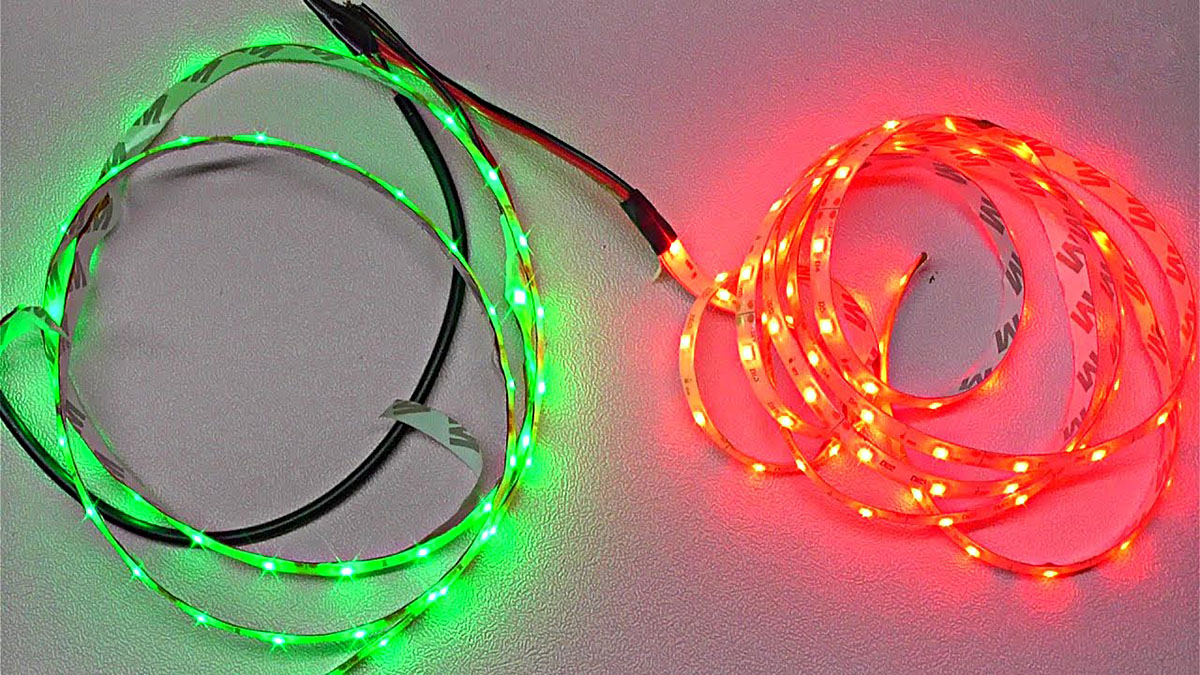

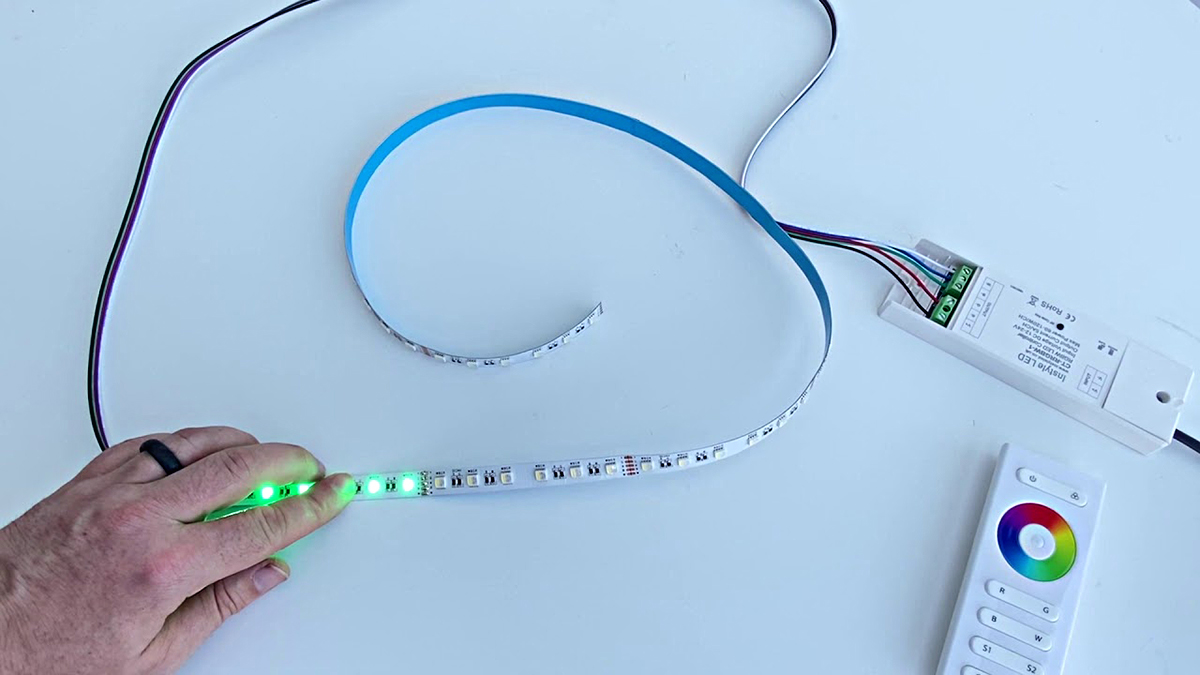

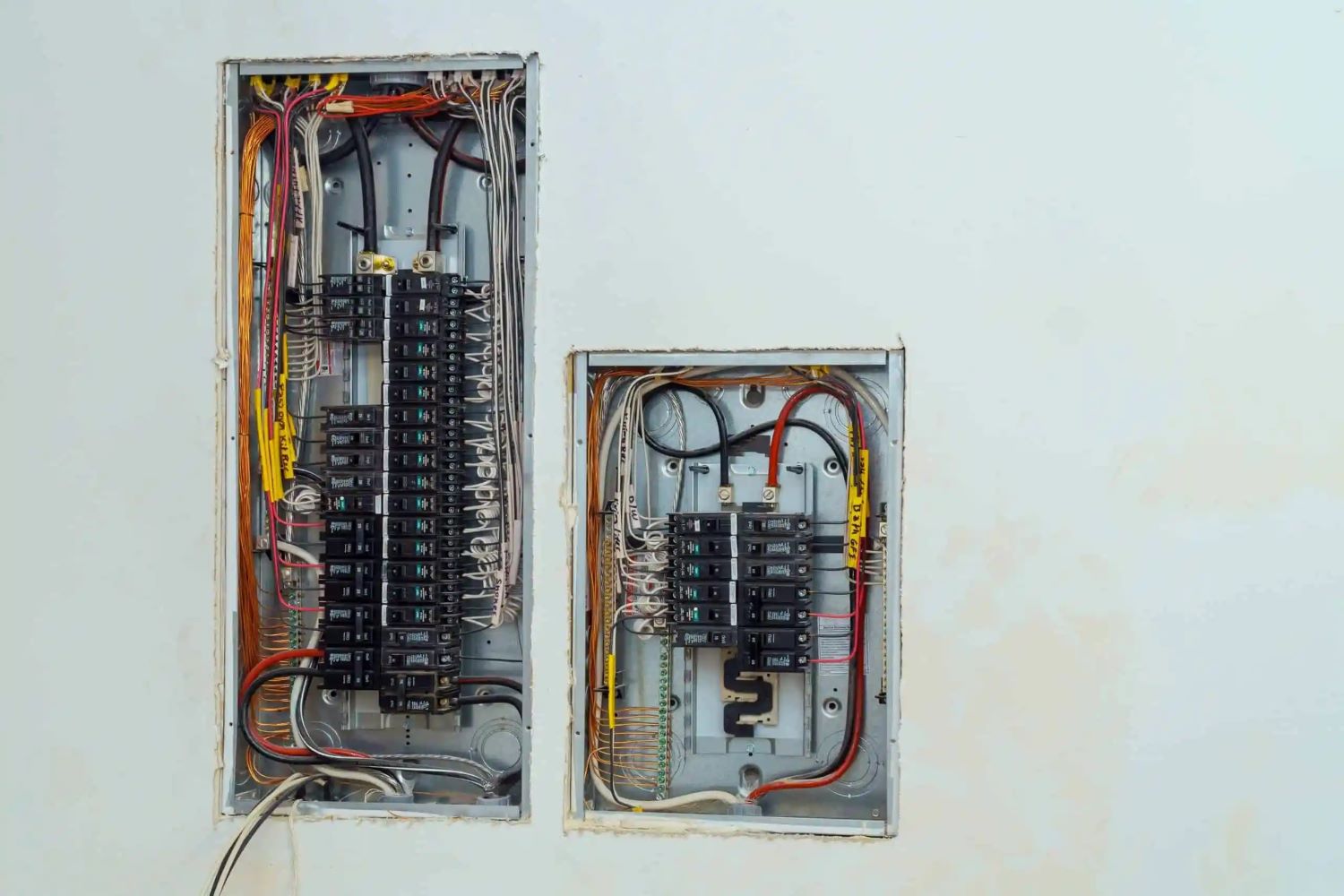

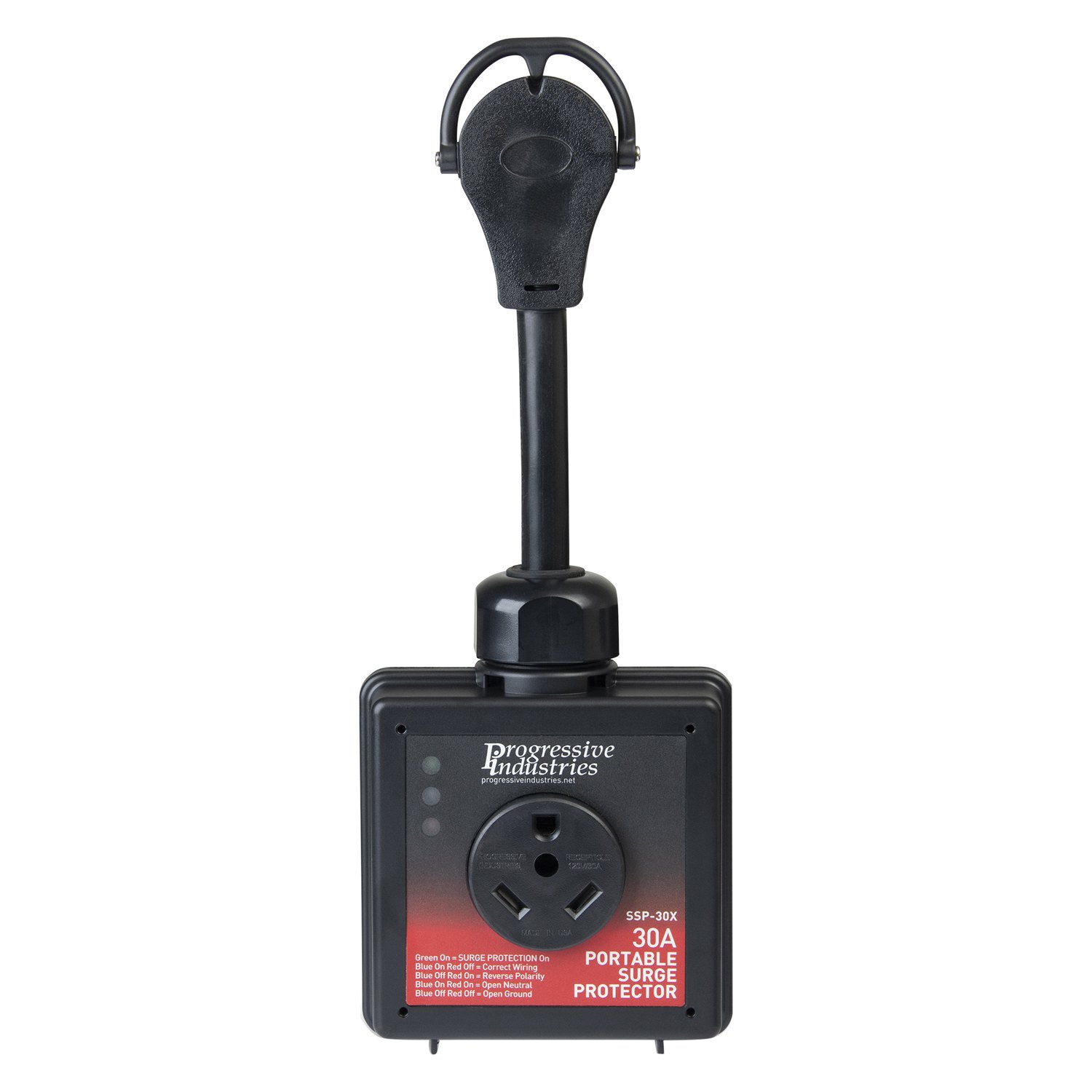

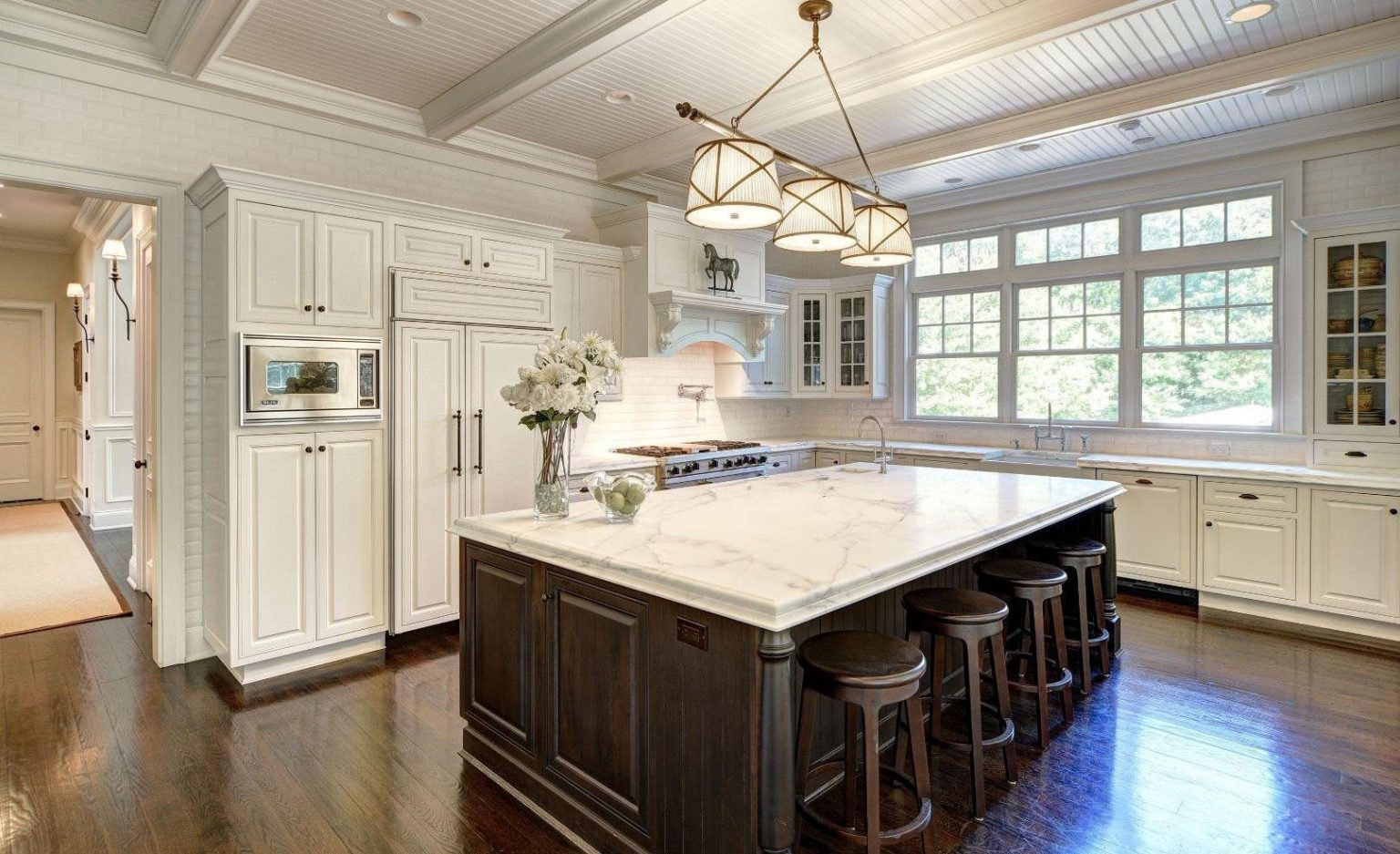

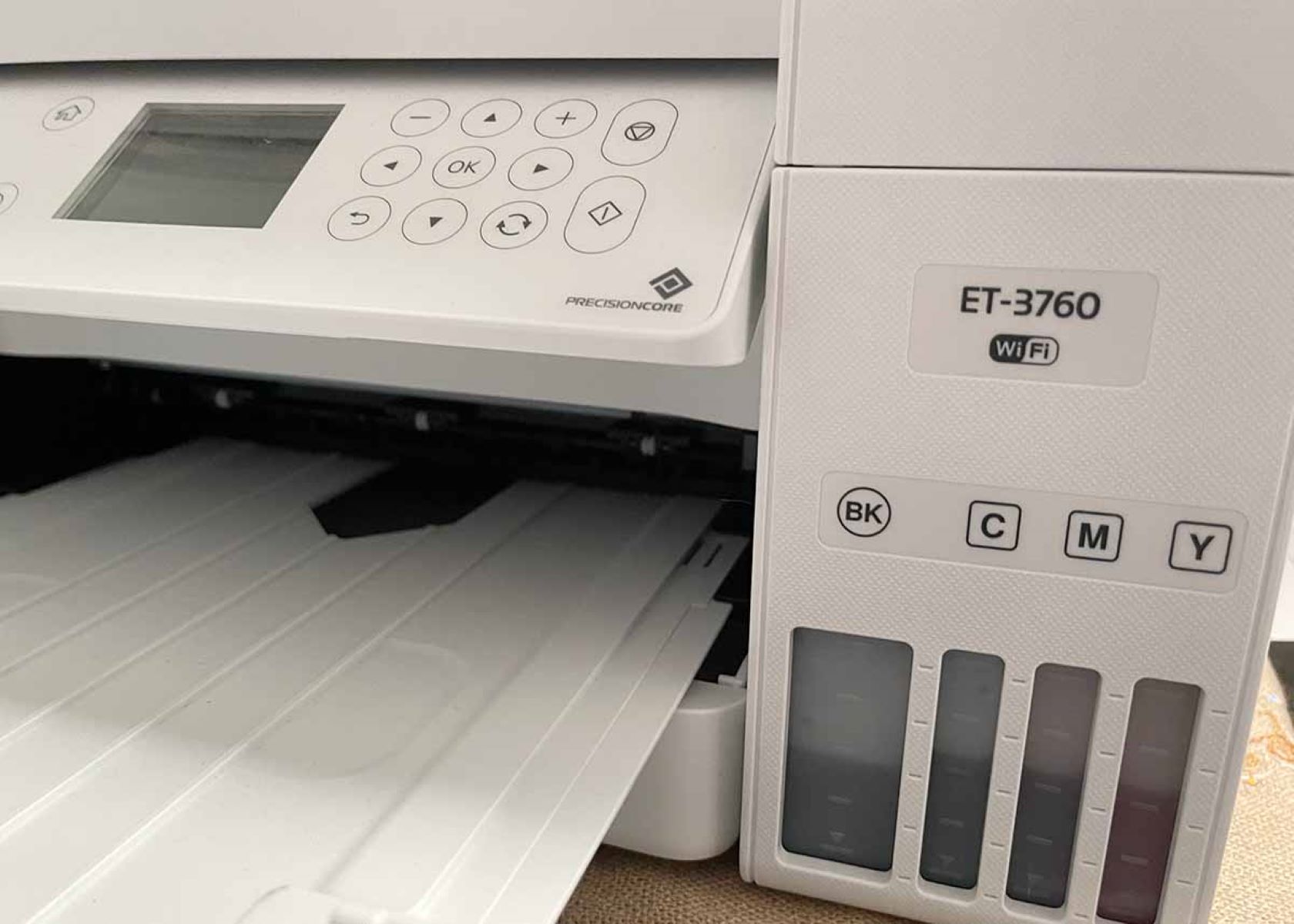


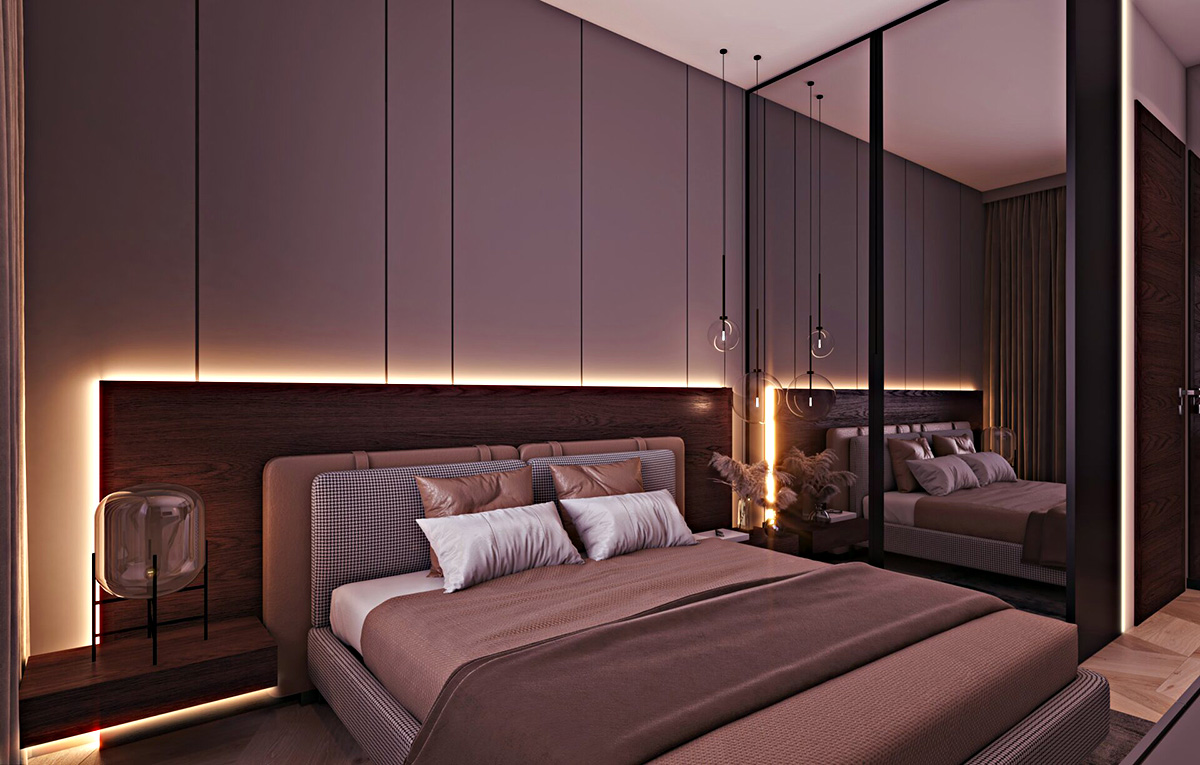
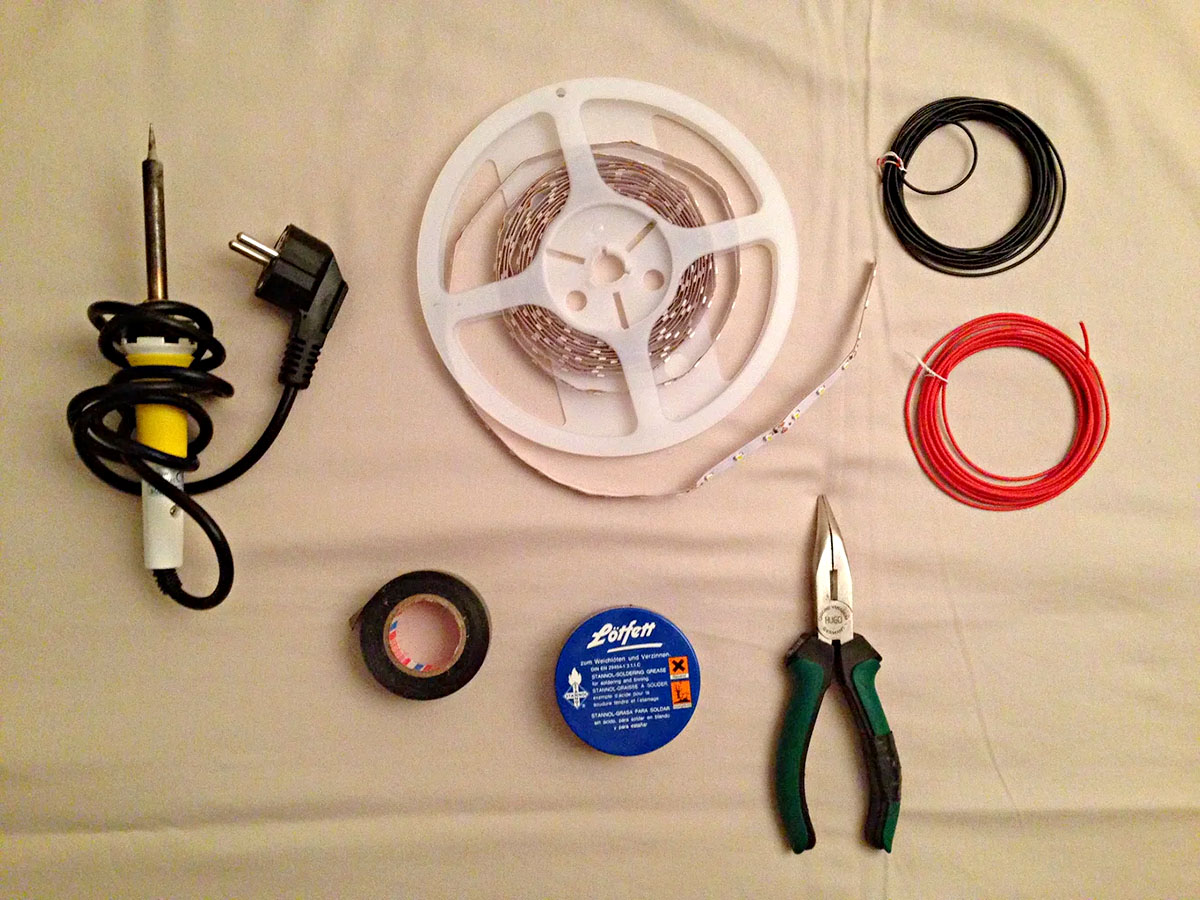

0 thoughts on “Why Are My LED Strips Two Different Colors”